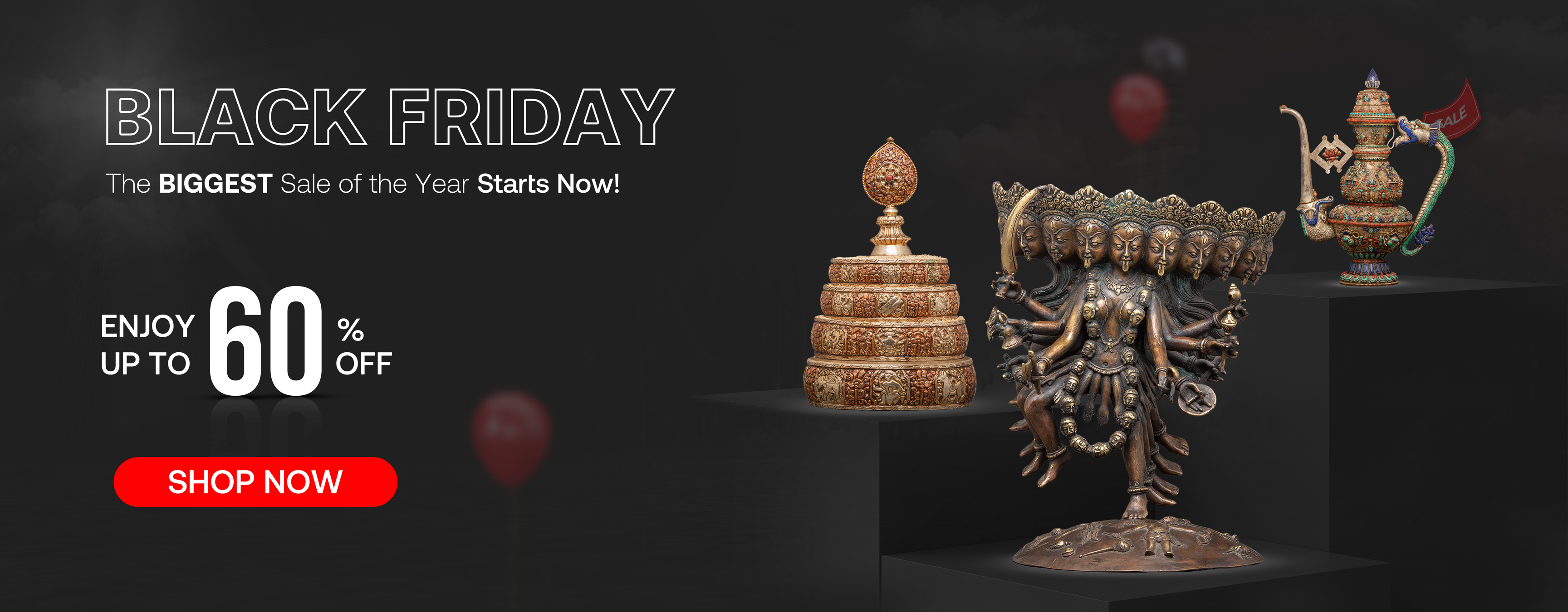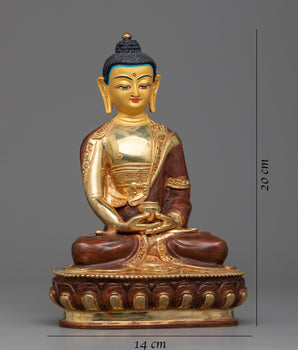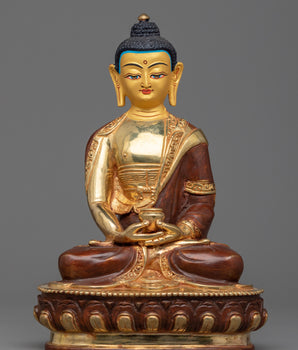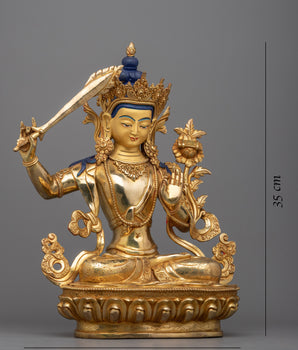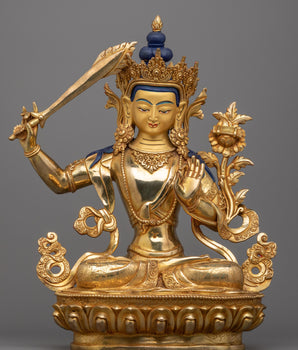The Festival, Faith, and Legacy of the Compassionate God of Patan and Bungamati
Rato Machhindranath, also known as Karunamaya, is revered as a deity that transcends the barriers of religious differences and cultural divisions, representing organized interfaith cooperation. He is valued as a living tradition among both Hinduism and Buddhism, serving as a symbol of interfaith harmony. His worship embodies unique expressions of spirituality found in Nepal. He is the "Compassionate One," and his blessings carry significance not only to the fields and skies but to the hearts of people's everyday lives. Each year, he graces the city of Patan as a grand spectacle in one of the largest festivals in Nepal. His great chariot (rath), drawn by thousands of eager hands, becomes a temple on wheels as thousands crowd to pay homage, the value of worship, celebration, unity in community, and pride in heritage all combined. For all who chant, pull the ropes, and offer to Rato Machhindranath, he is a much-needed icon of hope, compassion, and collective will that surpasses religious beliefs and cultural boundaries.
Who is Rato Machhidranath?

Rato Machhindranath is the most well-respected and unique syncretic deity of Nepal, worshipped by both Hindus and Buddhists, especially in the Newar community around the Kathmandu valley. His main temple is in Bungamati, and in Lalitpur (Patan), where he resides for half of every year, before moving to Tabaha for the annual chariot festival. Because his main temple is in Bungamati, he is sometimes known as Bungadyah, and among Buddhists, in a more vernacular way, is called "Karunamaya," or "The One Full of Compassion." This name has significance for his association with rain, fertility, and mercy, especially for the agrarian society typical in this valley. Therefore, for the people of the Kathmandu Valley, and the farmers to the North of the city, Karunamaya is more than a rain god, as he is the divine guardian of all life and food.
Historical Background of Rato Machhindranath
Rato Machhindranath is a deity venerated in the Kathmandu Valley, spanning back to the time of King Narendra Dev of Bhaktapur (7th or 8th century CE). The deity's arrival in the valley was closely tied to the agrarian nature of the valley's culture and the community's reliance on the monsoon rains for crop cultivation. His initial arrival from Kamarupa, a significant spiritual center at the time, was also crucial. Furthermore, Rato Machhindranath's arrival dates back to a time when cultural exchange and spiritual integration between India and Nepal occurred. He was first constructed in Bungamati, and later moved to Patan to be worshipped during the annual Rato Machhindranath Jatra, which is one of the oldest chariot processions in the world. This festival demonstrates Newar cultural identity, interfaith relations, and agricultural culture. Machhindranath is revered and worshipped by Buddhists and Hindus alike, with the title of Karunamaya, or "Compassionate One," underscoring the deity's significance as a protector, rain-bringer, and a manifestation of unity among diverse communities.
The Story Behind Rato Machindranath

The Kathmandu Valley faced extreme drought that brought famine, with no rain falling. King Narendra Dev asked astrologers and spiritual advisors, and they recommended inviting a powerful rain god called Machhindranath to bring back the rain and alleviate the drought. They coordinated with a powerful tantric master called Shāntikarāchārya or Bandhu Datta Acharya and a simple farmer called Lalit Jyapu to travel to the east. During the journey, they faced supernatural trials before finding Machhindranath in a small boy in Kamakhya. Once they had been blessed and offered permission through performative ceremonial rites, they could take Machhindranath back to Nepal.
On the way back to the valley, it began to rain, ending the drought and validating the divine grace. People rejoiced in this miracle in a moment of unity and reverence. Machhindranath was first enshrined in Bungamati, where he remains in the winter months. To honour and commemorate his arrival, the people of Patan built a gigantic chariot, ate long lunches together, and established the Bundadyah Jatra, which is a grand procession held once a year through the streets. In review, the legend embodies people working together, faith, and collective salvation gloriously through the meeting of King, a priest, and a farmer. Jamuni Guvaju, who may also be referred to as a priest, ritual assistant, or spiritual assistant during the quest and at times accompanying Shāntikarāchārya.
Significance of Deity in Two Faiths
Rato Machhindranath’s essence is multi-faceted: he contains elements of Hindu and Buddhist identities.
In Buddhism, especially within the Newar Buddhist tradition, he is regarded as an incarnation of Avalokiteshvara (Padmapani), the Bodhisattva of Infinite Compassion, who suspends his enlightenment to assist others in their liberation. His red form is associated with Amitabha Buddha, representing engaged compassion and the capacity for active protection, particularly during periods of disaster, especially those related to nature.
In Hinduism, Rato Machhindranath is sometimes identified with Lord Shiva or with Machhindranath (Matsyendranath), who is the guru of Gorakhnath, and the patron siddha of Patan. He is known as Bunga Dyah in the Newar pantheon—Bunga meaning the town of Bungamati, while Dyah denotes God.
Overall, Karunamaya's worship signifies a very strongly intertwined religious culture in Nepal, and the differences between the two religions, Hinduism and Buddhism, are minor, given that some different communities worship the same deities through various ways of worship or belief.
Rato Machhindranath (Karunamaya) Iconography

1. Color and Dress
- He usually wears red, which signifies the auspicious features of power, life, and compassion.
- His garments and ornaments are elaborate and opulent to show his divine-royal characteristics.
2. Face and Expression
- His face may be painted red or gold with an expression of calmness.
- He has a peaceful face, representing his name, Karunamaya (“Full of Compassion”).
3. Eyes (Fish-Shape)
- His eyes are fish-shaped. This is for the simple fact that his eyes are always watching and do not blink or close, like fish.
- A primary intention is to demonstrate that he is always aware and attentive to helping people.
4. Posture and Hand
- He is shown in a standing posture, illustrating peace.
- Holding Lotus on the Left hand signifies purity and enlightenment.
- Varada Mudra on the right Hand
5. Nāga (Serpent) Symbols
- Serpent patterns are occasionally incorporated, indicating his association with the Nāga, who are deities of water and rain.
Architecture and Festival of Rato Machhindranath Temples
Bungamati Temple:

Rato Machhindranath has his main temple in Bungamati, a historic Newar town about 10 kilometers south of Kathmandu on the banks of the Bagmati River. Bungamati Temple of Rato Machhindranath was built by the early Newar settlers centuries ago, with roots dating back to about the 7th-8th century CE. The temple is the home of the deity in winter, perched in a sleepy village with quaint cobblestone streets lined with ancient houses. The temple is in the established Newar pagoda style with beautiful carved wooden struts and multi-tiered roofs. It is an ideal spot to witness both local worship and craftsmanship in a peaceful setting. Bungamati is known for its woodcarving and pottery traditions and is an interesting cultural stop if you wish to learn about the heritage of Nepal.
It serves as the deity's winter home, based on the story that Rato Machhindranath first settled in the Kathmandu Valley upon his arrival. Thus, he constructed the temple as a shelter for himself during the cool months, previously dwelling in busy periods of the city. Bungamati continues to be a shrine of pilgrimage for Newar rituals, preserving the recolonization customs of worshipping the god of rain in his quiet seasonal place.
Patan Temple:

The Patan temple, also known as Tabaha, is located in one of the major cities of the Kathmandu Valley, just south of the center of Kathmandu. The temple in Patan was built by King Narendra Dev (7th–8th century CE) to house Rato Machhindranath for the bulk of the year permanently, and to honor him as the rain-bringer and protector of the valley. This is the principal temple of the cantankerous Rato Machhindranath Jatra. The Patan temple is a magnificent representation of the Newar architectural tradition. Not only does it have gilded roofs, but it also has intricately carved wooden work and embellished windows. During the festival, the temple and its surroundings are full of live traditional music, masked dance, and thousands of conventional devotees performing ancient rituals. Thus, Patan serves as a focal point of devotion, but also a culmination of artistry and craftsmanship, as it is rooted in the historical legacy of Rato Machhindranath. This event was the result of the king and the native people's efforts to invoke good fortune for agriculture and build solidarity among the people.
Festival of Rato Machhindranath Jatra:

The Rato Machhindranath Jatra is one of the longest and major festivals in Kathmandu Valley that runs for about a month and a half. Every twelve years, the festival starts in Bungamati, where the idol is intentionally taken out of the temple and loaded on top of a grand chariot, beautifully adorned, marking an infrequent and holy event. In usual years, the chariot (rath) pulling begins from Pulchowk in Patan, where the deity stays for most of the year. Annually, thousands of devotees join us to pull the large chariot through the narrow streets of Patan and surrounding places, in the representation of the deity and the journey of providing blessings of rain, fertility, and protection to the land. The whole festival is vibrant and full of traditional music, masked dances, and old rituals that are meticulously presented in honor of the God. The festival concludes once the chariot pulling and Bhoto Jatra, a processional event, are complete. He is paraded back to Bungamati, where he is housed for the next six months.
The Panju: Guardian Priest of Rato Machindranath
The Panju or Panchu is the main Newar Buddhist priest of Karunamaya, responsible for conducting the sacred rituals and the worship. The Panju is typically of Shakya or Bajracharya ancestry (both extents of Newar Vajrayana priests) perform puja, chant mantras, and lead rituals both in the temples and when the deity is moved during the chariot festival. When the Rato Machhindranath Jatra occurs, the Panju sits on the top of the chariot next to the image of the god. For the entire duration of the procession, the Panju performs worship of the culture and image of the deity. Within the scope of work, the Panju, as the principal apprehensive custodian of rituals, conducts to creates the link between the community and the deity as a living process for generations.
Conclusion: A Living Legacy of Compassion and Unity
Rato Machhindranath, Karunamaya, represents the ideals of faith, solidarity, and resilience in the Kathmandu Valley. The narrative of Rato Machhindranath is the journey of the human collective, as both peasants, priests, and kings journey to save their home, the land. His veneration, for both Hindus and Buddhists, is an illustration of the enduring examples of Nepal's syncretic traditions, where the riverbanks of spirituality are muddied, and the riverbanks of compassion are exceeded by religion. The grand chariot festival in Patan, Nepal, is more than a religious act of devotion; when everyone participates, regardless of caste, class, or creed, it is an accounting of society. The festival is not only about rain and harvest; it carries collective memory, cultural identity, and intergenerational continuity. Rato Machhindranath is an indwelling presence of space and time as an eternal witness and benefactor. Through him, the valley remembers its intertwined relationship with nature, honors its artistic excellence, and renews binding friendships. In an increasingly fractious world, the legend and veneration of Karunamaya deliver a powerful message: divine compassion is not diminished in religion; it is enhanced with collective purpose.





